China is catching up with the United Sates
China is now the world's largest and most innovative producers of electric vehicles
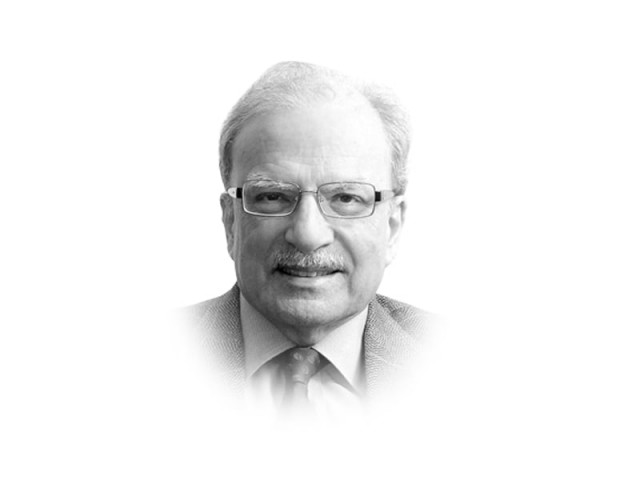
David Autor and Gordon Hanson, two economic professors known for their research into how globalisation and especially the rise of China is reshaping the American labour market, contributed an article to the Opinion pages of The New York Times.
The article was titled "Did we learn nothing from the 'China Shock'?" They wrote: "The first time China upended the U.S. economy between 1999 and 2007, it helped erase nearly a quarter of all technological jobs. Known as the 'China Shock', it was driven by a singular process — China's late 1970s transition from Maoist central panning to a market economy, which rapidly moved the country's labor and capital from collective rural farms to urban factories. Waves of inexpensive goods from China imploded the economic foundations of places where manufacturing was the main game in town... Twenty years later, these workers haven't recovered from those job losses. Although places like these are growing again, most job gains are in low-wage industries such as textiles, sporting goods electronics and auto parts."
China's transition to manufacturing was complete once Chairman Deng Xiaoping succeeded Mao as the supreme leader. He opened the country to the outside world and invited foreign participation in China's development. While what Autor and Hanson described in their 2013-16 research story has lost its relevance, they have begun to focus on what they call China Shock 2. This has seen the transition from China as an underdog and is successfully developing innovative sectors such as aviation, AI, telecommunications, microprocessors, robotics, quantum computing, biotech, pharma and solar batteries.
To quote again from the authors, "In the 1990s and 2000s, private Chinese businesses working alongside multinational corporations had turned China into the world's factory. The new Chinese model is different. China has created an agile, if costly, innovation system in which local officials such as mayors and governors are rewarded for growth in certain advanced sectors. An example of the outcome is the city of Hefei located in a poor hinterland province. By putting up venture funding, taking risks on supporting EV (electric vehicles) producers, and investing in local research and development, Hefei made the leap into the country's top industrial tier in barely half a decade."
China is now the world's largest and most innovative producers of electric vehicles. BYD (EV), CATL (EV batteries), DJI (drones) and LONGi (solar wafers) are all Chinese startups, none more than 30 years' old. The rest of the world, including the United States, is ill prepared to compete with these privately owned but state-supported enterprises.
If the extent to which China has drawn not only even but overtaken the United States, we might look at the study done by the Australian Strategic Policy Institute, a think-tank. According to the Institute, the United States led China in 60 of 64 frontier technologies, such as AI and cryptography, from 2003 to 2007, while China led the United States in just three. In the Institute's most recent report, the rankings were flipped. China led in 57 of 64 key technologies while the United States had the lead in only seven. Autor and Hanson are proposing a four-pronged approach to the Chinese challenge.
First, the US should work with other old economies that face similar challenges such as the European Union, Japan and South Korea rather than imposing tariffs.
Second, the US government should encourage China to build in America high technology plants such as those developing rare earth minerals as well as those making batteries and electric vehicles. The government should get involved in developing the industries that produce these items. At the time of the WWII, the Office of Scientific Research and Development brought major developments in jet propulsion, radar and mass-produced penicillin. Later, NASA accepted the Soviet Union challenge which sent the first astronaut to circle the earth by sending and bringing back men to and from the moon and launched the Operation Warp Speed which partnered with pharmaceutical companies to produce a Covid-19 vaccine faster than any other major vaccine had been produced.
The third area of government sponsorship, the authors advocate, is for the United States to choose the battles that it can win (semiconductors) or those it cannot afford to lose (development of rare earths).
The fourth priority is to prevent the devastating impacts of job loss from the next major shock. Tariffs, President Trump's preferred policy option to deal with the challenges the country faces, is not right for the actions needed.
The authors conclude their assessment with the following words: "We must nourish industries that have high potential for innovation, funded by joint investments by the public and private sectors. These industries are in play globally, something China figured out a decade ago. America should stop fighting the last trade war and meet China's challenge in the current one."
These ecosystems, with the government in the lead, will need supporting infrastructure: reliable and inexpensive energy generation, rare earths, modern shipping and universities with vibrant STEM programmes. This will mean pulling back from subsidising legacy sectors such as coal and oil; restoring federal support for scientific research; and welcoming rather than demonising the talented foreign arrivals into the country who would help the country they have adopted as their own to move forward.
This is not the direction in which America, under Trump, is headed. President Trump acted out the programme laid out by Elon Musk, the world's richest man who joined Trump to redesign and refocus the public sector. His DOGE programme was aimed at reshaping the government but it did more damage than good. His moves reduced the country's capacity to innovate.
On July 21, major newspapers took out full-page advertisements that said the following in bold letters: "America doesn't settle for second place in Science. We don't play catch up. We build what others copy. Invent what others copy. The science that wins on the battlefield and finds breakthrough in the bloodstream — that's the sharp edge of American power. American science that is funded by the federal government is launched from the flight deck. Developed by American industry. Proven on our factory floors. And tested on the front line - everyday. The only thing American science can't do. Fund itself. That depends on the wisdom and leadership of those we send to Washington."
With Donald Trump occupying the White House, that is not happening.


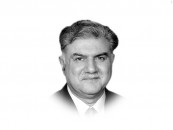




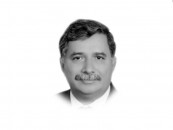

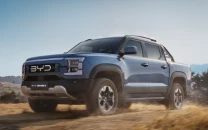


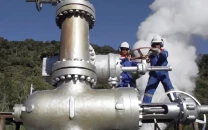


COMMENTS
Comments are moderated and generally will be posted if they are on-topic and not abusive.
For more information, please see our Comments FAQ